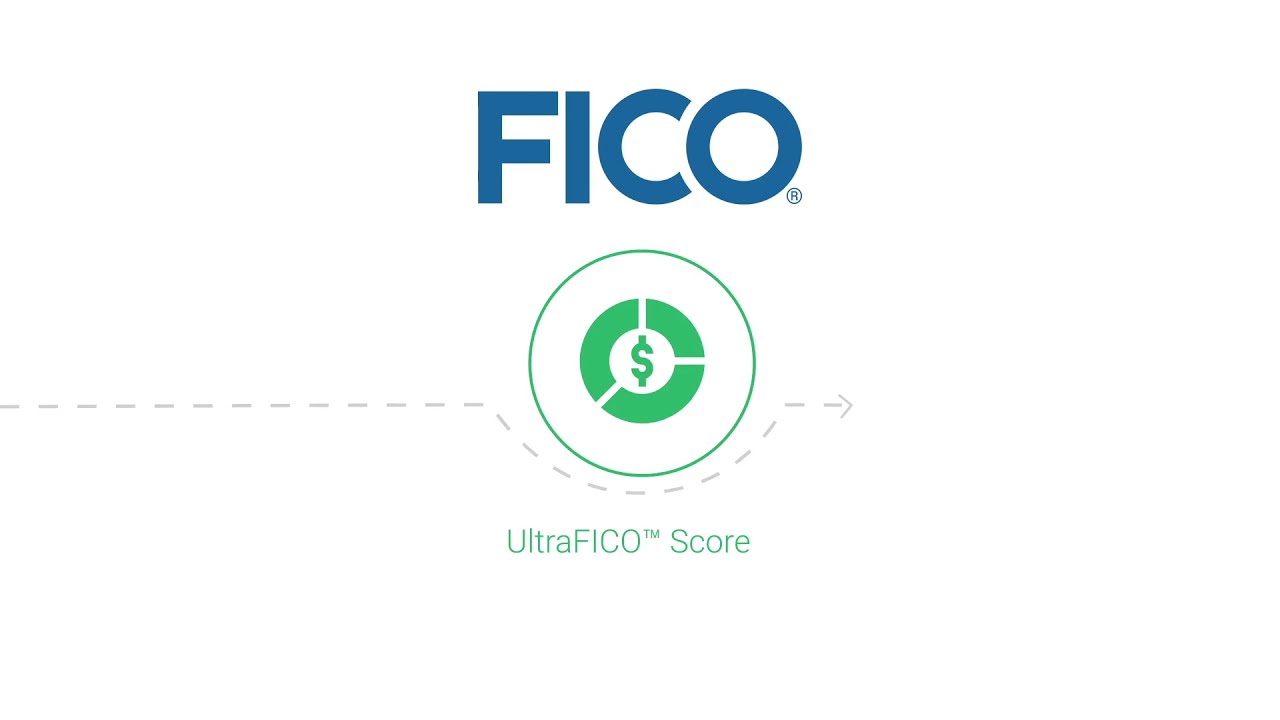Since its inception in 1989, the FICO score has been based on consumer borrowing history, using data from Equifax, Experian, and TransUnion, the three major credit bureaus. UltraFICO, FICO's new credit score system, will use bank information in addition to traditional credit information for the first time. This expanded method will include more information about an individual's financial activities because bank information includes fundamental and regular transactions like rent and utility payments as well as all banking- or cash-based transactions that do not involve credit. Additionally, this shift in data sources will aid in the improvement of some consumers' credit scores. In 2019, UltraFICO was launched. Experian, FICO, and Finicity collaborated to produce the UltraFICO score. During the Money 20/20 USA conference, the news was announced. One of the three major national credit bureaus is Experian, and Finicity is a provider of financial technology that enables customers to share information with financial service providers. Finicity uses an asset verification process to ensure that your account information is accurate.
Millions of people have been shut out of mainstream credit
More than 130 million people are unable to obtain credit from major credit card companies and lenders. According to FICO, 79 million Americans have credit scores of less than 680, which is considered subprime, and another 53 million have credit files with insufficient information to generate a credit score. You must have at least one open account that has been open for at least six months in order for FICO to create a credit score for you. Warning: Consumers with poor credit may have difficulty getting approved for credit cards and loans from traditional lenders. Many consumers are unable to obtain housing, education, or transportation due to their inability to obtain mortgages, student loans, or auto loans. It also means that these people will have to turn to subprime lending, which has higher interest rates and is often predatory.Incorporating Bank Data into Credit Scores
While credit card issuers and lenders frequently request proof of income on applications, this information isn't verified and isn't factored into your credit score. Consumers can give UltraFICO access to their checking, savings, or money market account information in order to improve their credit scores. This is advantageous for consumers with credit scores in the 500s and 600s who are close to a lender's credit score cutoff and only need a few points to qualify. UltraFICO will calculate your new score based on several pieces of information about your account. The length of time your accounts have been open, how frequently you use them, any recent overdraft history, and your account balance are all details. Lenders can look at your financial management as well as your credit management. The additional information may be able to help you get approved in situations where you would otherwise be turned down based solely on your credit history. Finally, UltraFICO enables lenders to increase the number of people they can lend money. It enables lenders to reach out to the over 130 million people who are effectively shut out of the credit system due to a lack of qualifications.How to Obtain an UltraFICO Score
UltraFICO isn't for everyone; if your credit score is good enough to get an application approved, you won't need the extra boost from your banking information. A lender might offer you the UltraFICO score if your application is rejected based on your traditional credit score. You'll then have the option of allowing your bank information to be accessed in order for an UltraFICO score to be generated for you. Experian will be the first bureau to collaborate with FICO for the new credit score system. In order for UltraFICO to work for you, a lender must be willing to make a credit decision solely on the basis of your Experian credit score. 2 Keep in mind that signing up for an UltraFICO gives these companies permission to electronically access your bank account information. Before moving forward, make sure you understand how your data will be protected.What Is UltraFICO and How Is It Calculated?
What we know about the traditional FICO score is as follows:- Credit history is worth 35 percent.
- Debt is worth 30 percent.
- Credit age is worth 15 percent.
- Credit types are worth 10 percent.
- The number of recent credit inquiries is worth 10 percent.


